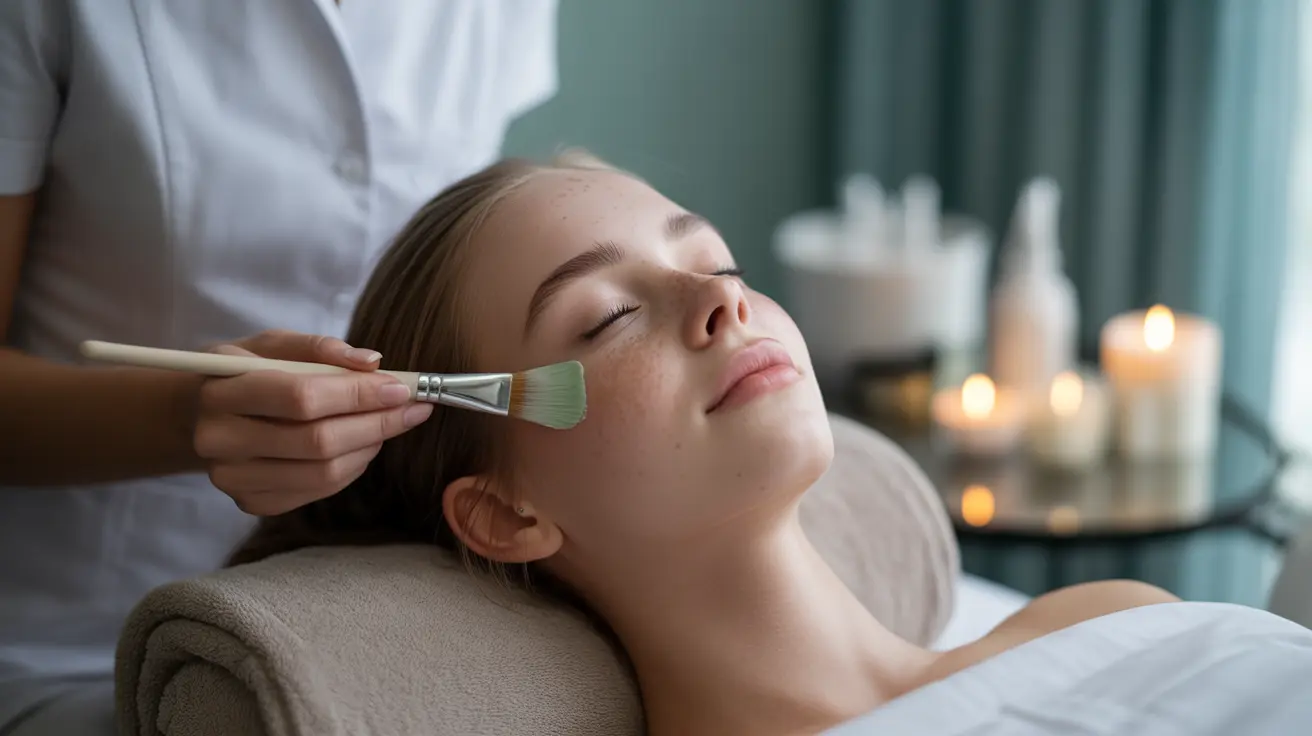If you're struggling with acne, professional acne facials might be the solution you're looking for to achieve clearer, healthier skin. These specialized treatments are designed to deep-clean pores, reduce inflammation, and address specific skin concerns related to acne. Understanding what these treatments involve and their effectiveness can help you decide if they're right for your skincare journey.
In this comprehensive guide, we'll explore the various types of acne facials, their benefits for different types of acne, and what you can expect during and after treatment. We'll also discuss how to maintain results and determine if these treatments are appropriate for your specific skin condition.
Types of Acne Facials and Their Benefits
Different types of acne facials target various aspects of acne-prone skin. Here are the most effective options available:
Classic Deep-Cleansing Facial
This traditional treatment includes thorough cleansing, steam, extractions, and targeted mask application. It's particularly effective for mild to moderate acne and helps remove excess oil and debris from clogged pores.
LED Light Therapy Facial
Blue LED light targets acne-causing bacteria, while red LED light reduces inflammation and promotes healing. This gentle, non-invasive treatment is suitable for all skin types and can be particularly effective for persistent acne.
Chemical Peel Facial
These treatments use specific acids to exfoliate dead skin cells, unclog pores, and reduce acne scarring. The intensity can be adjusted based on your skin's needs and acne severity.
Microdermabrasion Facial
This treatment gently removes the top layer of dead skin cells, helping to unclog pores and reduce the appearance of acne scars. It's best suited for mild acne and maintenance treatments.
What to Expect During Your Treatment
A typical acne facial session follows several key steps:
- Initial skin analysis and consultation
- Thorough cleansing and steam treatment
- Gentle extractions of clogged pores
- Application of treatment masks or serums
- Final moisturizing and sun protection
Sessions usually last 45-90 minutes, depending on the type of treatment and your skin's needs. Your esthetician will customize the facial based on your specific skin concerns and acne severity.
Post-Treatment Care and Results
After an acne facial, you might experience temporary redness or sensitivity. This is normal and typically subsides within 24-48 hours. To maximize results:
- Avoid touching your face or applying makeup for 24 hours
- Use gentle, non-comedogenic skincare products
- Stay hydrated and protect your skin from sun exposure
- Follow your esthetician's specific aftercare instructions
At-Home Maintenance
To maintain the benefits of your acne facial:
- Cleanse your face twice daily with a gentle, acne-appropriate cleanser
- Use non-comedogenic moisturizers and sunscreen
- Continue with any prescribed topical treatments
- Follow a consistent skincare routine
- Schedule regular maintenance facials as recommended
Frequently Asked Questions
What are the benefits of getting an acne facial for mild versus severe acne? For mild acne, facials can effectively clear clogged pores and prevent future breakouts. However, severe acne may require a combination of facials and prescription treatments for optimal results.
How do different types of acne facials, like LED light therapy and microdermabrasion, help improve acne-prone skin? LED light therapy kills bacteria and reduces inflammation, while microdermabrasion removes dead skin cells and unclogs pores. Each treatment type targets different aspects of acne for comprehensive improvement.
What should I expect during and after an acne facial treatment, including possible side effects? During treatment, expect cleansing, extractions, and various therapeutic applications. Afterward, temporary redness and sensitivity are common but should resolve within 48 hours.
How can I maintain the results of an acne facial with at-home skincare routines? Maintain results by following a consistent cleansing routine, using non-comedogenic products, and protecting your skin from sun damage. Regular at-home care is essential for long-term success.
Are acne facials effective on cystic or nodular acne, or do I need prescription treatments? While facials can help manage cystic or nodular acne symptoms, these severe forms typically require prescription medications or treatments from a dermatologist for effective control.




